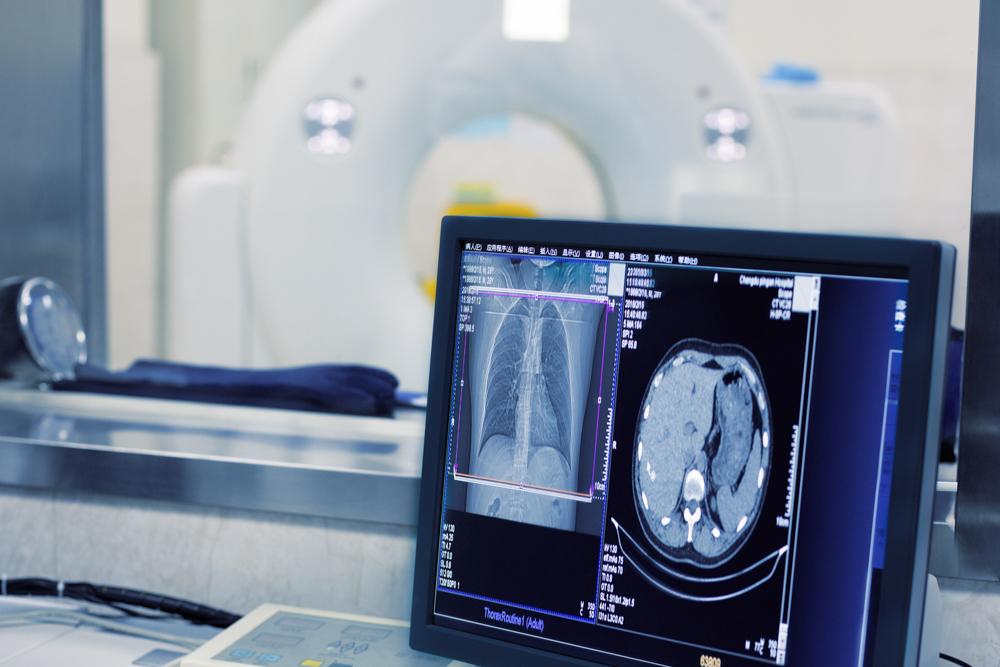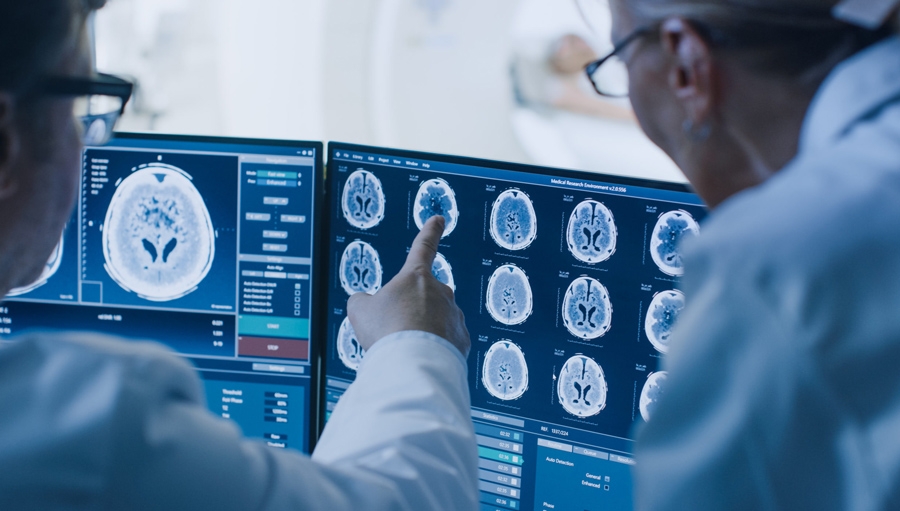Medical imaging plays a crucial role in diagnosing and treating various medical conditions. With the advancements in technology, media has also played a significant role in enhancing the accessibility and understanding of medical imaging. This post aims to provide a detailed exploration of the role of media medical imaging, including its impact on patient education, public awareness, and technological advancements.
What are the different types of medical imaging techniques?
Various types of medical imaging techniques play a pivotal role in diagnosing and treating a wide range of medical conditions. From X-rays and CT scans to MRIs and ultrasounds, each technique offers unique insights into the human body, allowing healthcare professionals to make accurate diagnoses and develop effective treatment plans. X-rays utilize electromagnetic radiation to produce images of the body’s internal structures, while CT scans use a series of X-ray images taken from different angles to create detailed cross-sectional images. MRIs, on the other hand, employ magnetic fields and radio waves to generate detailed images of organs and tissues, providing valuable information for medical professionals. Ultrasounds use high-frequency sound waves to create images of internal body structures, offering a non-invasive and safe method for examining various organs and tissues.
How has the media helped in raising public awareness about the importance of medical imaging?
Media platforms, such as television, social media, and online publications, have been instrumental in raising public awareness about the importance of medical imaging in the early detection and treatment of diseases. Through informative content and awareness campaigns, the media has helped in educating the public about the benefits of regular screenings and diagnostic imaging.
What role does media play in patient education about medical imaging procedures?
Media plays a critical role in patient education about medical imaging procedures by providing accessible and understandable information about the various techniques and their significance in diagnosing and treating medical conditions. Through television programs, online articles, and social media campaigns, the media has been instrumental in raising public awareness about the importance of undergoing medical imaging procedures for early detection and effective treatment of diseases. By presenting informative content and real-life stories, media platforms have helped patients and their families understand the benefits of different imaging techniques, thus empowering them to make informed decisions about their healthcare. This widespread dissemination of knowledge has contributed to greater patient engagement and proactive participation in their diagnostic and treatment processes.

How has media contributed to technological advancements in medical imaging?
Media coverage and discussions have also played a part in driving technological advancements in medical imaging. By highlighting the latest innovations and breakthroughs in imaging technology, media has facilitated knowledge sharing and collaboration among researchers, clinicians, and industry professionals, leading to the development of more advanced and precise imaging techniques.
What are the ethical considerations associated with the media portrayal of medical imaging?
The portrayal of medical imaging in media comes with ethical considerations, such as patient privacy, informed consent, and accurate representation of imaging findings. It is important for media professionals to adhere to ethical guidelines and respect patient confidentiality when featuring medical imaging content.
Conclusion
The intersection of media medical imaging has had a profound impact on public awareness, patient education, and technological advancements in the field. By leveraging the power of media, the healthcare industry continues to make strides in improving accessibility and understanding of medical imaging, ultimately contributing to better patient outcomes and advancements in healthcare.



